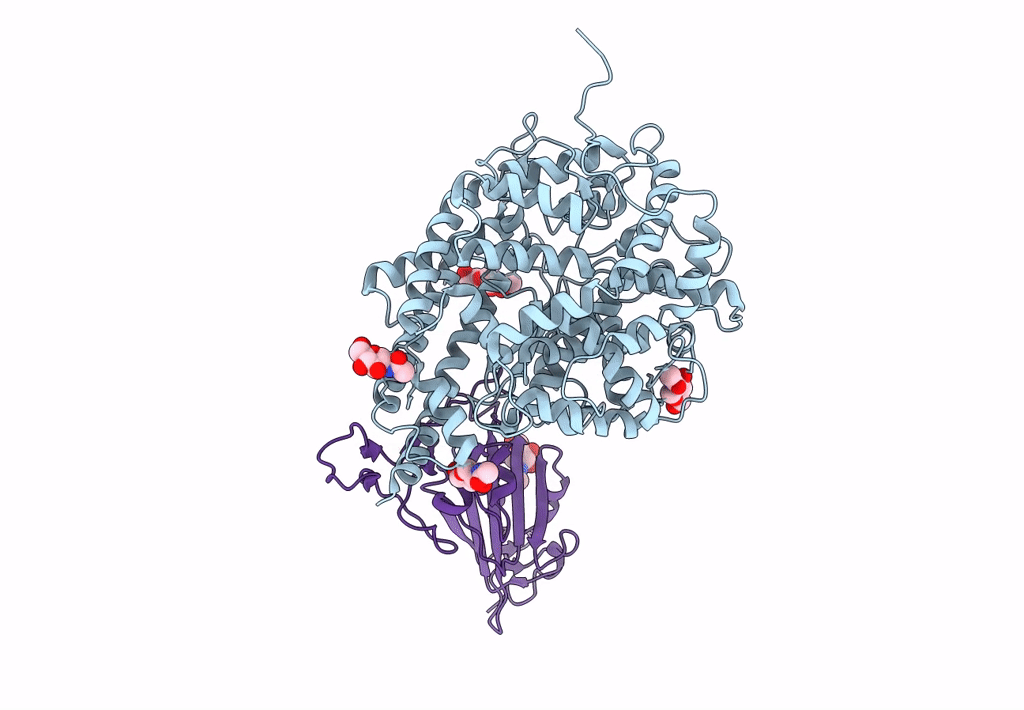
Deposition Date
2022-03-21
Release Date
2023-01-11
Last Version Date
2024-10-30
Entry Detail
PDB ID:
7XBH
Keywords:
Title:
The complex structure of RshSTT182/200 RBD bound to human ACE2
Biological Source:
Source Organism:
Rhinolophus shameli (Taxon ID: 608708)
Homo sapiens (Taxon ID: 9606)
Homo sapiens (Taxon ID: 9606)
Host Organism:
Method Details:
Experimental Method:
Resolution:
3.02 Å
R-Value Free:
0.23
R-Value Work:
0.20
R-Value Observed:
0.20
Space Group:
C 1 2 1


